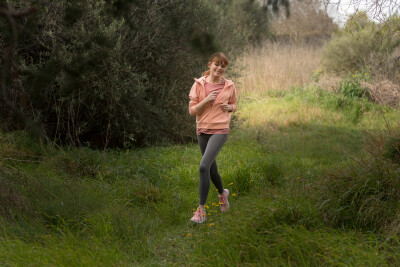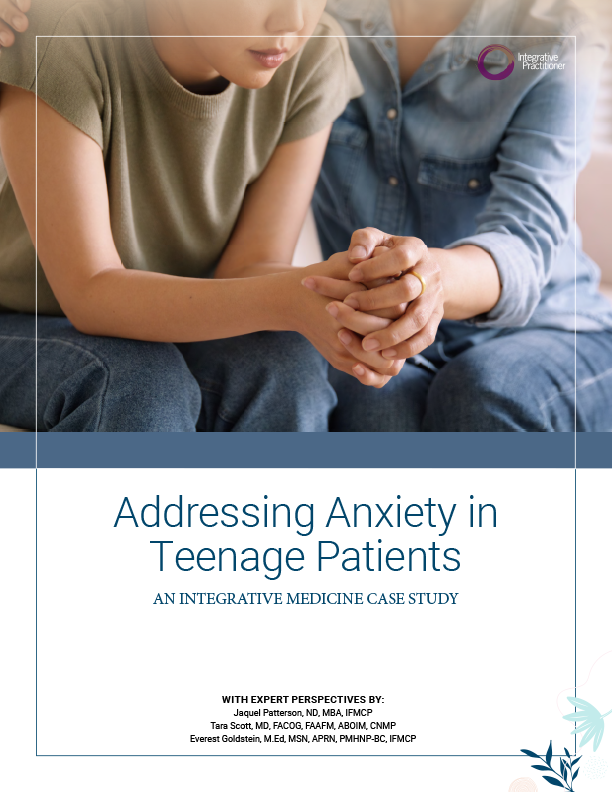Model sheds light on motion and evaporation of respiratory droplets responsible for disease transmission
Photo Cred: Annie Spratt/Unsplash
By Katherine Shagoury
In new research published in the journal Physics of Fluids, experts developed a mathematical model, proceeding from first principles, for the early phases of a novel coronavirus (COVID-19) -like pandemic using the aerodynamics and evaporation characteristics of respiratory droplets.
It is well established that the SARS-CoV-2 virus responsible for COVID-19 disease is transmitted via respiratory droplets that infected people eject when they cough, sneeze, or talk. Consequently, research targets better understanding droplet motion and evaporation to understand transmission more deeply.
The researchers modeled the pandemic dynamics with a reaction mechanism, where each reaction has a rate constant obtained by calculating the frequency of collisions between the infectious droplet cloud ejected by an infected person and one ejected a healthy person.
The model could be used to estimate approximately how long droplets can survive, how far they can travel, and which size of droplet survives for how long. However, the experts note the actual situation could be complicated by wind, turbulence, air-recirculation, or many other effects. Without wind and depending on the ambient condition, the researchers found found droplets travel between eight to 13 feet before they evaporate or escape. This finding implies that social distancing at perhaps greater than six feet is essential, according to the study.
Furthermore, the initial size of the longest surviving droplets is in the range of 18-50 microns, meaning masks can indeed help, they said. These findings could help inform reopening measures for schools and offices looking at student or employee density.
More broadly, the researchers said this multiscale model and the firm theoretical underpinning that connects the two scales, macroscale pandemic dynamics and the microscale droplet physics, could emerge as a powerful tool in clarifying the role of environment on infection spread through respiratory droplets.
Editor’s note: Click here for more information and ongoing COVID-19 updates for integrative healthcare professionals.
















